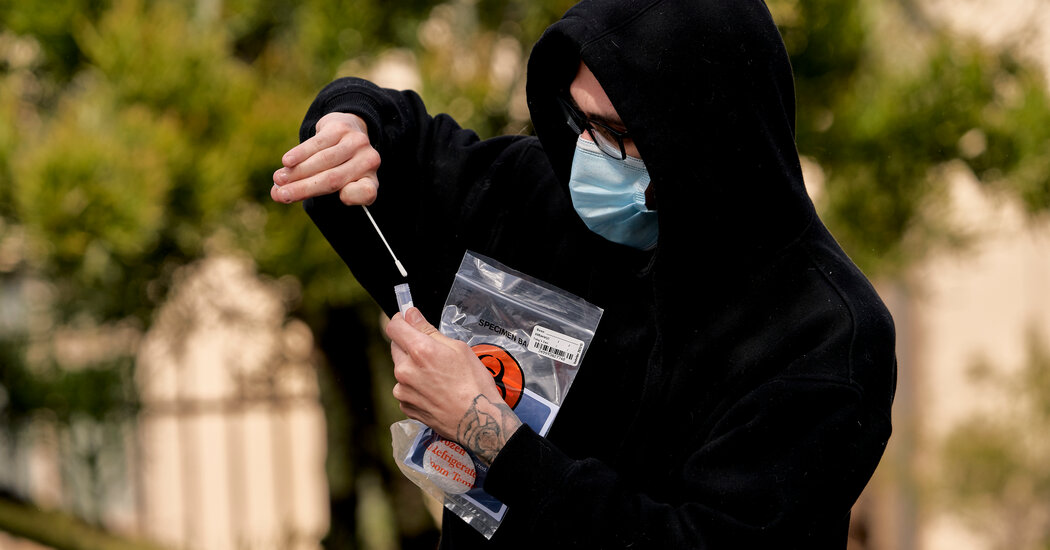Study Finds Many With Mild Covid Have New Ailments Months Later
Most adults who test positive for the virus that causes Covid-19 don’t require hospital care, but they tend to seek medical care in the following months, and two-thirds of those who do seek care receive a diagnosis of a new health condition they did not have previously, a new study reports.The study, conducted by investigators from the Centers for Disease Control and Prevention and Kaiser Permanente, included some 3,171 members of the Kaiser Permanente Georgia integrated health care system. More than half were Black.The message for patients is that even for those who have had only mild Covid-19, “it’s possible you may experience new or persistent symptoms months after the initial diagnosis,” said Dr. Alfonso C. Hernandez-Romieu, an infectious disease specialist with the C.D.C. who was the study’s lead author. “And it’s important for people to make sure they’re going to their clinicians,” he said, to express their concerns.“It’s equally important,” he added, “for clinicians to acknowledge that there may be these long-term effects, and to really make sure they’re validating patients, treating them with empathy, and trying to help them in the best way possible.”Clinicians need to monitor patients for Covid-19-related complications that are potentially very serious, like blood clots, he said.The study did not compare patients who tested positive for the coronavirus to patients who did not test positive, so the authors were unable to say whether people who had recovered from mild Covid-19 disease made more doctors’ visits than those who never had the virus.But two-thirds of the patients who had mild disease sought medical care a month to six months after their Covid-19 diagnoses, and about two-thirds of those who sought care were found to have an entirely new condition. The new diagnoses included cough, shortness of breath, heart rate abnormalities, chest or throat pain, and fatigue, “which likely represent ongoing Covid-19 symptoms,” the study said.Among those more likely to seek medical care were adults 50 and older, women and those with underlying health conditions. Black adults were also slightly more likely than others to seek care. But over all, the authors noted, the number of visits declined over time.The potential for long-term complications, even after a mild course of disease, underscores the need for prevention measures and vaccination, Dr. Hernandez-Romieu said.“There is a lot we don’t know about post-Covid conditions,” he said. “Even though a majority of people don’t end up with severe Covid, or end up in the hospital, the potential for long-term health effects is really important.”
Read more →



